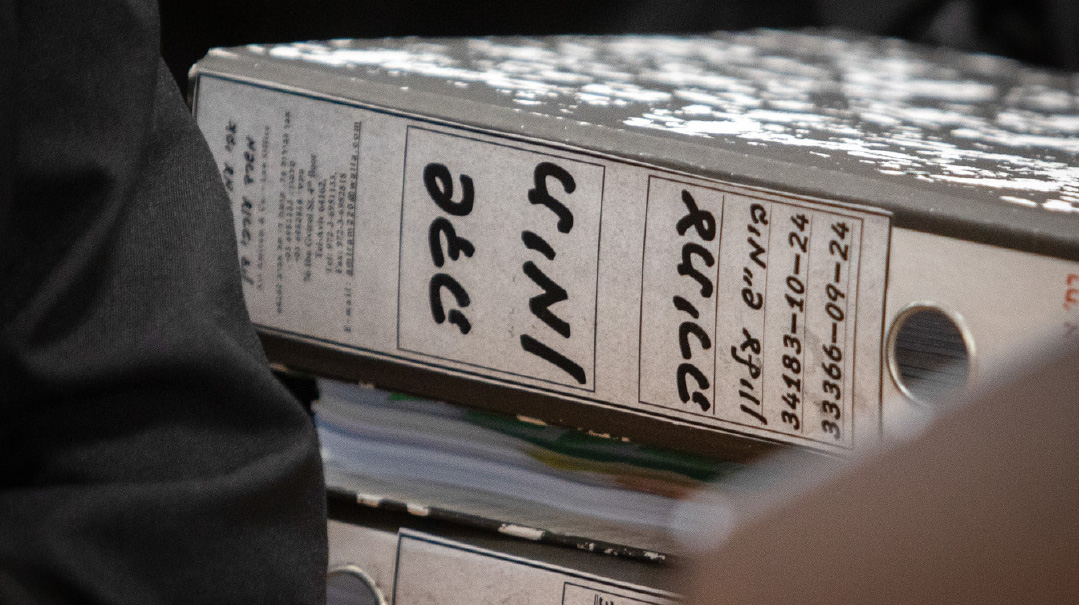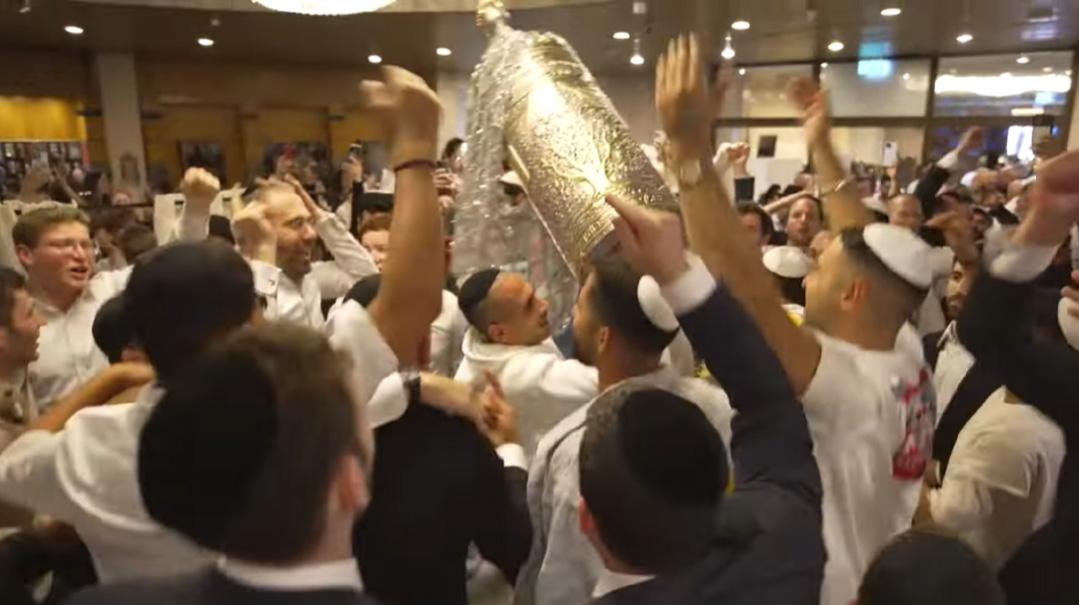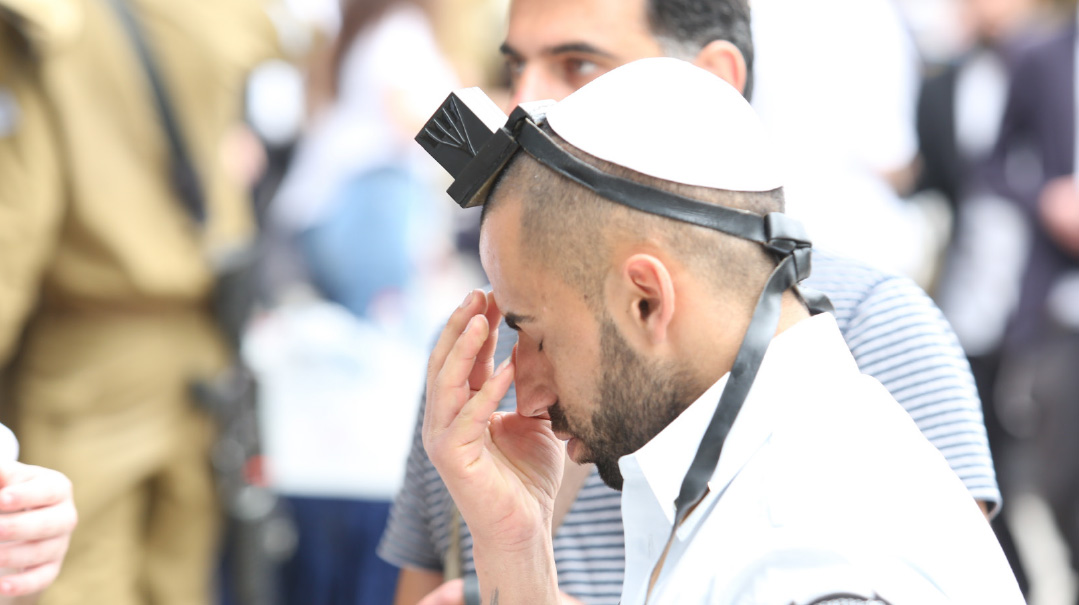Homecoming

My first Sephardic minyan on Shabbos
T
he second leg of our recent trip to the United States brought my wife and me to Chicago for a Shabbos at Rabbi Daniel Raccah’s Ohel Shalom Torah Center.
As we walked into Ohel Shalom on Leil Shabbos, someone approached and told me he had been in my Hebrew school car pool 55 years ago. I have long since gotten used to meeting people in Chicago’s West Rogers Park neighborhood, who grew up, as I did, in Highland Park, a northern suburb. In the course of the next 24 hours, I would meet three more, including one who has a map of dozens of Highland Park High School graduates living in West Rogers Park.
In my day, I doubt there was one shomer Shabbos Jew living in Highland Park. But already for decades, there has been a beautiful Chabad shul and mikveh on Central Avenue where Evan’s Garden and Pet store once stood. And I would not be surprised if it has more mispallelim on the average Shabbos than the large Conservative synagogue in which I was raised.
The nearby suburb of Northbrook to which my parents moved after all their kids were out of the house today boasts not one but two Orthodox minyanim.
We were staying in West Rogers Park with dear friends. Close to 30 years ago, the wife, Pamela, called me out of the blue, and told me that she lived in Deerfield (the adjacent suburb to Highland Park) and read my columns in Yated Ne’eman every week. My response was, “Lady, I’m not an idiot. There is no one in Deerfied reading Yated Ne’eman.”
I was wrong. Pamela became actively involved in the Soviet Jewry movement as a young mother of three, and was eventually elected national president of one of the major Soviet Jewry organizations. At some point — perhaps while flying on an ancient vintage plane in one of the Asiastic republics of the FSU, surrounded by foul-smelling tribesmen and being interrogated by a KGB agent who doubled as the stewardess — she began to wonder about her own Judaism.
She had always been obsessed with anti-Semitism, particularly its most virulent 20th-century forms. (One waggish granddaughter has dubbed the downstairs, where the family Sedorim are held, the “Hitler-Stalin room” for the large library it houses on the Nazis’ Final Solution and Jews under Communism in the USSR.) But she began to ask why this People — the Jews — mattered to her so much, even to the point of risking her life. And she understood that the answer had to lie in the one constant of Jewish existence over the millennia: the Torah.
Not only did Pamela and her husband Len become fully observant, but nearly two decades ago they created, together with Rabbi Ezra Belsky, an organization called Komimiyus to provide Torah shiurim throughout the northern suburbs. Subsequently, they also sponsored another rabbi — a native of Deerfield — to live there and create a Torah Center.
BUT I DIGRESS from what was to have been my subject: the experience of participating in a Sephardic minyan on Shabbos for the first time in my life. Even that, however, leads me to another brief excursion down memory lane.
Over 40 years ago, I remember sitting in a crowded and overheated Hyde Park apartment, on a winter Friday night, listening to a kabbalistically oriented lecture by Rabbi Raccah’s father, Professor Paul Raccah a”h, a world-renowned physicist, who was nominated several times for the Nobel Prize. Rabbi Raccah shared with me that he too was in the University of Chicago neighborhood that Shabbos with his family, though he was not yet bar mitzvah age.
That young boy has now grown into one of Chicago’s most respected younger talmidei chachamim and is a dayan on the Chicago Rabbinical Council beis din.
The first thing that struck me in the davening is what a complete am ha’aretz I am in all matters pertaining to Sephardic rite and nusach. I quickly realized I have never davened in a Sephardic minyan, apart from a workday Minchah, in my life. When the congregation started reciting Pesukei D’zimra aloud on Shabbos morning, I was taken by surprise, and wondered to myself how they knew who is going to lead each paragraph, since I didn’t see a gabbai directing matters.
My own teacher, Rav Moshe Shapira ztz”l, was a master of all nuschaos and minhagim, and frequently remarked upon the nuanced differences between them. I’m pained that the entire subject is a closed book to me. (Not that when deciding what to be embarrassed about I start with comparisons to Rav Moshe. I would never show my face in public if that were the case.)
There is something deeply moving about the determination of the congregants to retain their own nusach, even though their children will all attend institutions that are overwhelmingly Ashkenazic. (There are three other Sephardic congregations in Chicago.)
It was parshas Zachor, which brought to the fore the pride that the congregants feel in their heritage. The kriah for parshas Zachor was repeated eight times with different taamim — each of the eidos was represented. There was even an Ashkenazic reading, for myself and for those like my former Hebrew school car-pool member who occasionally daven at Ohel Shalom because they married Sephardic women.
Such “intermarriages” appeared to be quite common at Ohel Shalom, and nobody thought anything of it. The delightful fellow who met us at the airport, for instance, is of Turkish descent by way of Egypt. His wife comes from a yeshivish family in Lakewood, and her American-born great-uncle was one of the most respected talmidei chachamim and kabbalists of Bnei Brak.
Rebbetzin Raccah herself spent her childhood years in Milan, the daughter of an Alexander chassid father, who passed the horrors of the Holocaust in full force, and a mother from the Toledano family of distinguished rabbis in Tangiers, Morocco. Her father specifically sought a wife after the war who had not experienced what he had, as he felt such a union would make it easier to produce healthy, optimistic children. If Rebbetzin Raccah is proof, he was a very wise man.
The congregation is diverse, and many of the congregants came with interesting stories. I asked Rabbi Raccah, for instance, about one of the congregants whom I judged to be a talmid chacham by his serious, refined mien, long beard, and, most importantly, by the way he spent every moment between aliyos learning. He turned out to be a former Israeli paratrooper. Nor was he the only former IDF soldier from an elite unit present.
Despite the diverse backgrounds, it was clear that the congregation is a tight-knit one. Unlike many shuls I have been in, there are not one or two individuals who do everything. Everybody took part in setting up the room and preparing the food for the three Shabbos meals and the Melaveh Malkah, all of which were eaten in the social hall.
It occurred to me that one of the things that makes it easier for the congregants to take pride in their rich heritage is that they have no need to worry that their children will have difficulty being admitted to the local mosdos, or that they might ever be tempted to change their names in order to get their children into school.
The larger Chicago community values and supports Ohel Shalom generously. Indeed, my Motzaei Shabbos speech was open to the entire community as a sort of thank you for the support of the larger community that allowed the congregation to purchase and refurbish a large building.
I hope that the larger Chicago community felt adequately recompensed. I know I certainly enjoyed speaking in the one place where I could be confident that no one would approach me accusatorily after the speech and say, “I can tell from your accent you are not from here.”
Originally featured in Mishpacha, Issue 703. Yonoson Rosenblum may be contacted directly at rosenblum@mishpacha.com
Oops! We could not locate your form.







